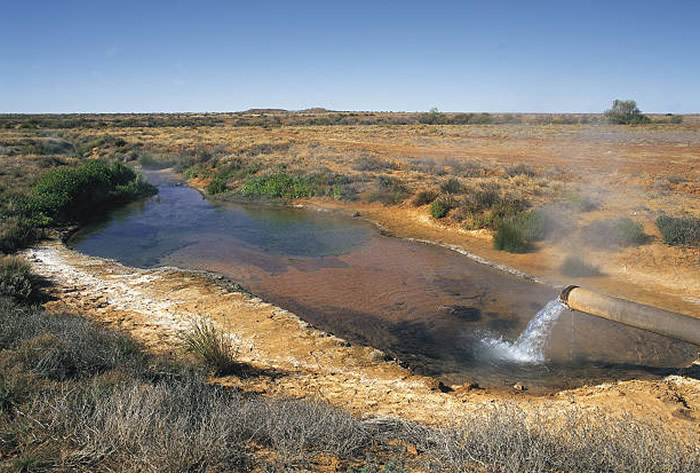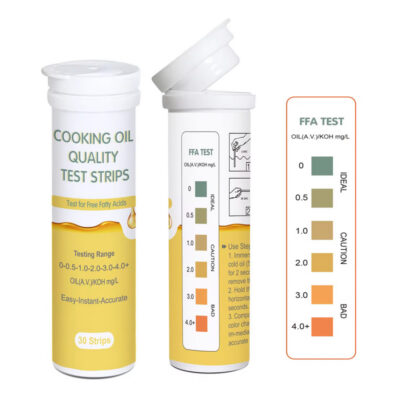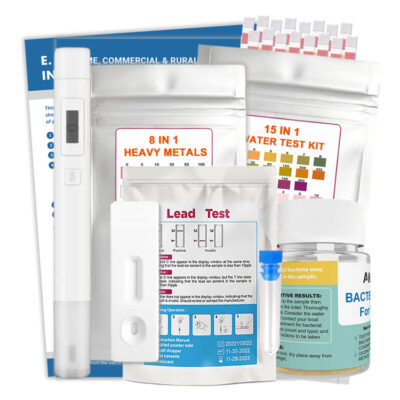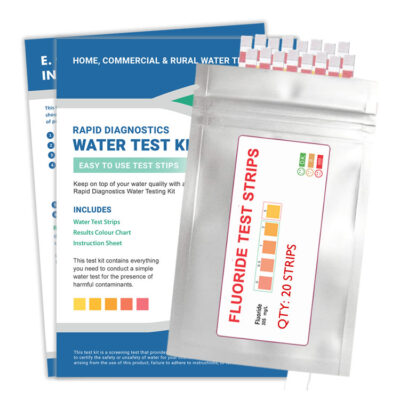Rising salinity in drinking water, surface and groundwater present a great risk to crop yield, public health, and the quality of drinking water. The goodness of water does not reach the public who must instead wear the increased cost for making water potable and providing proper treatment for wastewater disposal.

Salinity in Drinking Water
How Does Salt Enter Our Waterways?
Freshwater flows between rocks comprising soluble minerals, collecting salts from them along the way and become salty despite being at great distances from oceans. These salts seep into the surface due to wrongful use of land, irrigation, and industrial uses. Water that has salt content in the range of 10,000 ppm to 35,000 ppm are classified as highly saline by geological surveys done.
What are the Impacts of Highly Saline Water?
Health Impacts
Ingestion of excessive salts through water can put a greater load on the kidney impairing its working order and sometimes causing total kidney failure. Ineffective kidneys lead to heart and high blood pressure problems.
Economic Impacts of Salinity in Drinking Water
The high salt content in water used for irrigation leads to soil damage. This takes its toll on crop yields, damages the infrastructure and turns vast stretches of productive farmland into non-arable land.
Farmers need to adopt several measures to counter these adverse effects like planting trees, harvesting crops that are salt-tolerant, ploughing deeper into the soil, digging drains surrounding the salt impacted areas, mixing topsoil with residues of harvested plants etc.
Environmental Impacts
Salty water increases the concentration of chloride ions in plants resulting in plant poisoning and its eventual death. Plant growth is restricted because of dehydration and interference with nitrogen uptake. Soil is contaminated by the salty waters and the degradation that follows leads to soil erosion.
High amounts of salt in freshwater adversely affects the life of the plant and aquatic species. Salinity stimulates the buildup of suspended particles into bigger lumps leading to infiltration of excessive quantities of sunlight. This could sear native plant life and promote mushrooming of highly competitive or poisonous algae.
The United Nations University’s Institute for Water, Environment and Health has stated that highly salty soils are responsible for aggravating the global warming issue by encouraging emissions of additional greenhouse gases.
How Saline is Can Get & Why is it So?
Australia has large amounts of salt content in its water owing to its dry weather. Salt deposits formed during the transpiration or evaporation process fail to be rinsed away due to the absence of rain. Besides, the imbibing of salts from mineral-based underground rocks by the groundwater, intrusion of seawater and usage of water softeners add to the worsening quality of water.
Water softeners are used to tackle issues of hard water. However, in the bargain water softeners contaminate leach fields and sewers by emission of highly salty waste fluids.
Another reason for high salinity in waters is the excessive pumping of groundwater. This causes seawaters to intrude into freshwater aquifers thereby contaminating them. Injection wells and subsurface barriers are being developed to reduce the saltwater seepage into the groundwater; however, these do not offer a permanent solution to the problem.
Statistics Present a Scary Picture
As per the numbers given by the State Water Resources Control Board, loss of agricultural acreage due to salt deposition is 250,000 acres while 1.5 million acres stand impaired due to high salinity levels. Unless swift action is taken, the Board stated that economic costs directly impacting the Valley would stand at a figure of $1.5 billion-plus annually by 2030.
Steps to Be Taken
The focus of assuring salinity in drinking water is at a safe level, ensure balanced loading of salt and nitrate and developing a managed aquifer restoration plan for restoration of supplies of drinking water wherever possible.
For more information on how to test your water for salinity, try the Salinity Water Tester.







